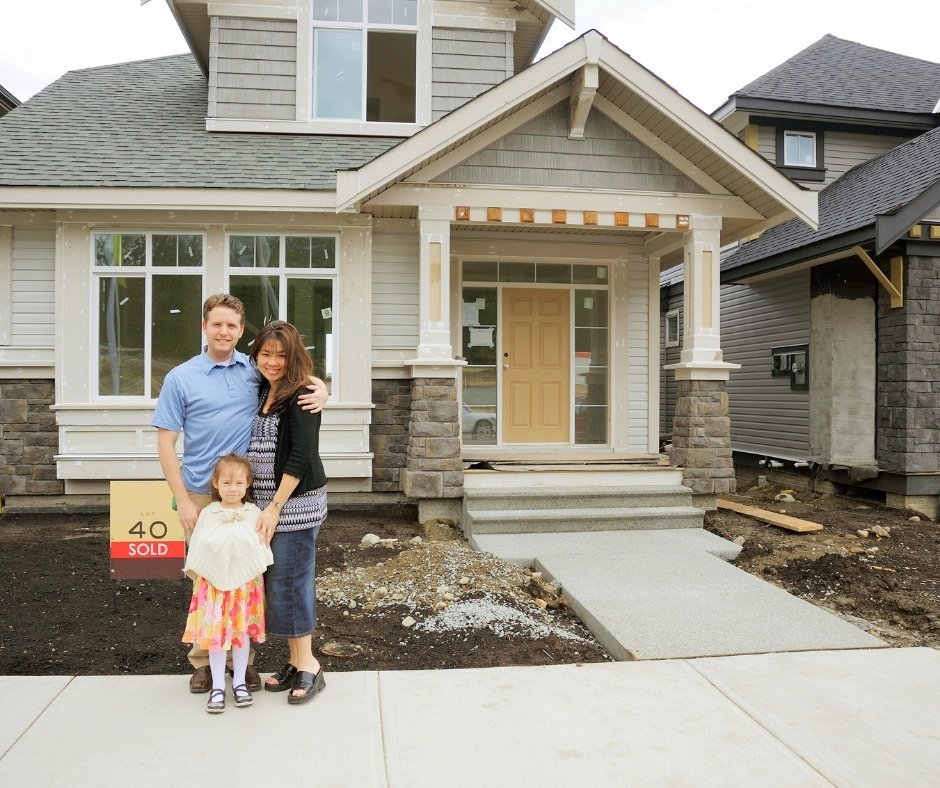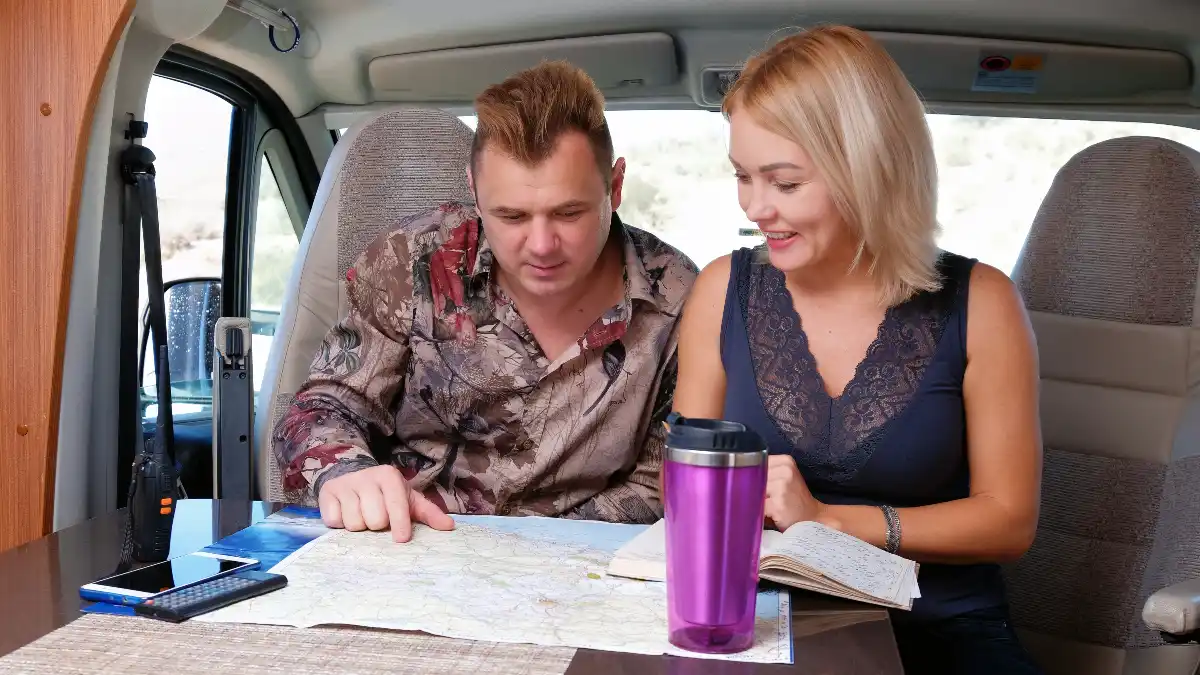
Embarking on the RV lifestyle promises freedom and adventure, but for first-timers, the road is often paved with costly mistakes that dealers conveniently gloss over.
Beyond the sticker price, hidden expenses and rookie errors in maintenance, towing, and even simple setup can turn your dream into a financial nightmare, costing you thousands in repairs and ruined trips.
Pulls back the curtain on the essential knowledge dealers won’t share, helping you avoid the common, expensive pitfalls that plague new RV owners and ensuring your journey stays on budget and on track.
The “Walk-Away” Checklist
5 Things to Check Before Signing the Papers
1. Tire Date Codes
Ignore the tread. Check the DOT date code. If tires are 5+ years old (even on a “new” unit sitting on the lot), demand replacements to avoid blowouts.
2. The “Corner Press”
Inside the RV, press firmly on the floor in all four corners and around the toilet. Softness = Rot. Look for water stains on the ceiling and inside cabinets.
3. Stress Test Systems
Don’t just turn them on. Run the A/C for 20 mins to check cooling. Run the fridge on Gas AND Electric modes. Extend and retract slides twice.
4. Payload Math
Check the sticker on the door jamb. Dry weight is a myth. Ensure your tow vehicle can handle the GVWR (Gross Vehicle Weight Rating), not just the empty weight.
5. Roof Seal Inspection
Climb the ladder. Inspect the sealant (lap sealant) around vents and AC units. Cracking or peeling sealant is a leak waiting to happen.
1. Skipping the Third-Party Inspection: The $1,300 Investment That Saves $10,000
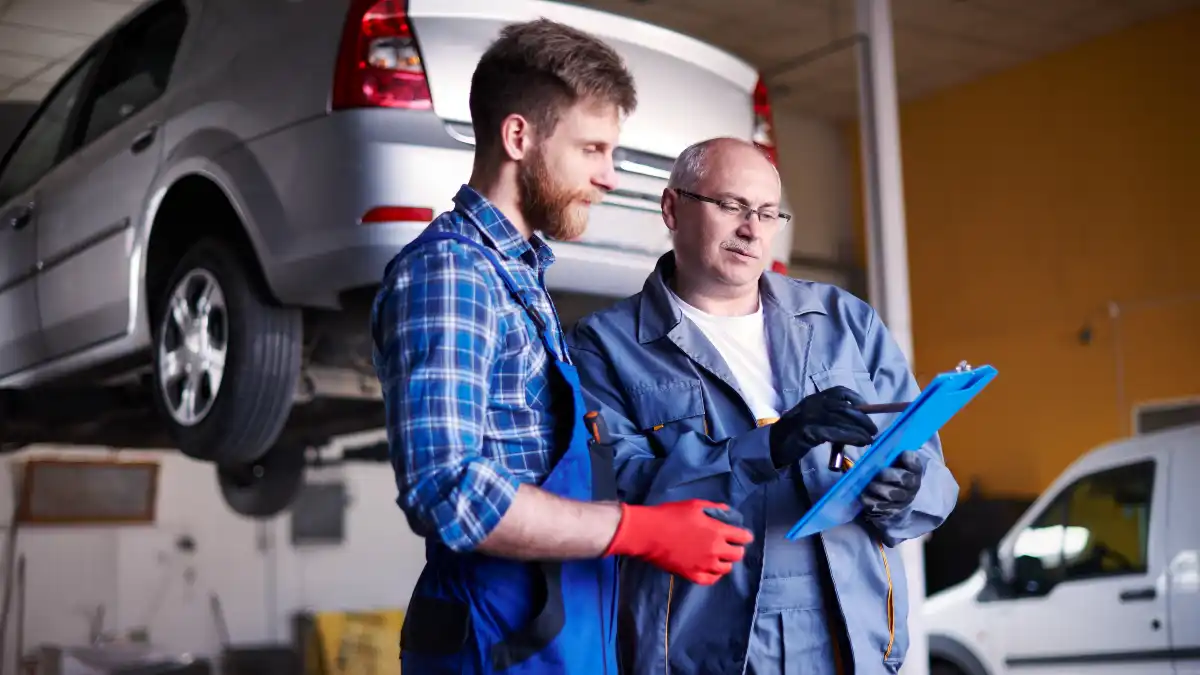
One of the most immediate and financially dangerous mistakes a first-time buyer can make is trusting the standard dealership Pre-Delivery Inspection (PDI). Dealership PDIs are fundamentally flawed because they are typically “rushed, surface-level checks done by entry-level techs working on flat rate”.
This process is inherently designed to protect the dealer’s margin and streamline the sales transaction, not to thoroughly vet the unit for the buyer. As one technician notes, the PDI is “designed to protect the dealer, not you“. This means major, systemic flaws that surface shortly after the warranty expires are often missed during the sale.
The essential antidote to this system is hiring a certified, third-party inspector (such as one certified by the NRVIA) for a rigorous pre-purchase inspection. While the cost of a thorough inspection for a Class A motorhome can range from $500 to $1,300 or more , this expense must be viewed as an investment in “price insurance.”
The inspection validates the vehicle’s true condition, ensuring the agreed-upon price is justified. More importantly, the inspection report transforms into immense leverage for the buyer, allowing them to ask the seller to make necessary repairs before closing the sale, or to negotiate a significant price reduction.
Failure to conduct this inspection often results in the immediate discovery of latent defects post-sale, leading to costly and protracted downtime. The average repair shop time for an issue found after the purchase is 37 days with parts in stock. If specialized components are needed, this time can easily double, resulting in months of lost travel time.
The monetary cost of overlooked items can quickly surpass the inspection fee; for example, a faulty slide-out can cost between $500 and $5,000 to repair, while complex water heater issues can run upwards of $5,000. The difference between paying $1,300 for an inspection and being sidelined for months with a $5,000 repair is the true financial distinction between a smart buyer and an uninformed one.
2. Falling for Dealership Financing Traps and Hidden Fees

The finance office is where most RV mistakes first-timers encounter their greatest, most long-term financial liabilities. Dealers often market their financing as “fast, convenient, and first-timer friendly”, particularly for buyers with flexible credit needs (e.g., scores below 650).
This convenience is often a camouflage for inflated Annual Percentage Rates (APR) and extended repayment schedules designed to maximize total interest paid. Sales staff may quote a low monthly payment to close the buyer, but the final rate and terms are frequently non-transparent, often changing “dramatically” during the signing process.
The most effective defense against this tactic is securing independent financing before setting foot on the dealer lot. Pre-approval from a credit union or bank allows the buyer to come to the table as a cash equivalent buyer (a “1 Pay” buyer). This step immediately forces the dealership to offer competitive terms and provides the buyer with a transparent baseline rate, preventing unexpected spikes in the base payment during the closing process.
Beyond the loan rate itself, dealerships heavily rely on highly marked-up ancillary products for profit, representing significant dealer secrets RV buyers must be wary of.
Extended Warranties: While an extended warranty can offer crucial peace of mind , dealership markups are standard. The average extended auto warranty costs around $90 per month , but dealers add significant profit margins to this figure. The educated buyer avoids this mistake by purchasing warranties through transparent, wholesale third-party providers, who can often offer better coverage at a lower, non-marked-up price.
Guaranteed Asset Protection (GAP) Coverage: GAP coverage is essential for financed RVs due to immediate depreciation, as it covers the difference between the actual cash value (ACV) paid by the insurer after a total loss and the remaining loan balance. However, dealer-sold GAP coverage is often an overpriced “debt waiver agreement,” not true insurance.
These non-insurance agreements are frequently non-cancellable, meaning if the owner pays off the loan early, they cannot recoup the remaining premium. Buyers should always source true GAP coverage from their primary insurer, which typically entails a slight increase in the annual premium and offers the benefit of being cancellable.
For example, if an RV is totaled and the owner still owes $30,000 but the ACV is only $25,000, GAP coverage is what saves the owner from being liable for the $5,000 difference.
3. Overlooking Cargo Capacity (CCC) and Overloading Risks

First-time RV buyers often commit the error of assuming that “bigger is better” and mistake interior space for carrying capacity. This neglect of crucial weight limits—specifically the Gross Vehicle Weight Rating (GVWR) and Cargo Carrying Capacity (CCC)—is a precursor to catastrophic mechanical failure and one of the most common RV mistakes first-timers make.
Overloading an RV, or exceeding the GVWR, places immense, cumulative stress on the vehicle’s tires, suspension, axles, and frame. This leads directly to accelerated wear and is a primary initiator of costly RV repairs. Critically, exceeding the tire’s maximum weight capacity is cited as a major cause of eventual tire failure and blowouts.
New owners fail to account for how quickly they consume the CCC. The stated capacity includes the weight of all essentials: water (at 8.3 lbs per gallon), propane, passengers, all cooking gear, clothing, and any aftermarket modifications. Adding accessories like heavy solar panels, battery banks, or stabilization systems can immediately compromise the available payload, even before luggage is loaded.
For those purchasing travel trailers, a specific yet common oversight is purchasing a camper that is too heavy for the owner’s tow vehicle.
Buyers must meticulously check not only the tow rating of their truck but also the capacities of the hitch and the Gross Combined Weight Rating (GCWR) of the entire setup. Improper towing ratios are not just a safety hazard; they subject both the tow vehicle and the RV trailer to excessive stress, leading to costly transmission, brake, and chassis repairs.
4. Buying New Without Understanding Depreciation or Warranty Caveats

A prevalent financial trap for the novice buyer is the temptation to buy a “brand spanking new” RV. While new ownership offers a full factory warranty, the initial loss due to depreciation is severe and immediate—the first thousands are lost the moment the unit leaves the lot. Furthermore, the quality control in RV manufacturing is notoriously inconsistent, often falling short of automotive standards.
Experienced owners recommend letting “someone else deal with the fresh-off-the-lot issues, such as interior construction problems, chassis problems, etc., which surface during the first real ride with the RV”. This “shakedown trip” reality means that a new RV buyer effectively pays a premium price to serve as the manufacturer’s final quality control inspector, dealing with frustrating warranty claims during their initial trips.
The used market offers a strong financial advantage. Current RV owners, regardless of unit type, utilize their vehicles for a median of only 30 days per year. This low utilization rate means that a two- or three-year-old used RV is typically a low-wear asset.
By buying pre-owned, the buyer benefits from the steepest depreciation curve having already passed, and critically, the unit’s initial manufacturing flaws have likely been discovered and repaired by the first owner. This makes pre-owned RVs a powerful RV buying tip 2025 for mitigating early financial losses.
Finally, it is a significant RV mistake first-timers make to assume they will find the perfect floor plan on their first attempt. Purchasing used minimizes the financial penalty when the owner inevitably realizes their first choice needs to be traded up or down later, allowing for a realistic assessment of lifestyle needs before committing to a six-figure investment.
5. Neglecting Tire Pressure: The $10,000 Blowout Risk

Of all preventable maintenance failures, tire neglect presents the clearest and most immediate financial danger to the RV owner. Low tire pressure accounts for nearly 90% of rapid deflation or blowouts. This mistake is rampant because RVs often sit for long periods and are subject to dramatic temperature changes, causing pressures to fluctuate rapidly, and because manual checks are tedious.
When an RV tire blows out at highway speed, the resulting damage is significantly worse than a car flat. The tire carcass thrashes wildly, sending rubber and metal shrapnel into the RV’s delicate underbelly, compromising critical plumbing, electrical, and brake systems.
This collateral structural damage often costs up to $10,000 and more in costly RV repairs. The cost of this single event can derail both the owner’s finances and their travel plans for weeks.
The return on investment (ROI) for prevention in this area is massive. The installation of a Tire Pressure Monitoring System (TPMS), even a low-priced unit, provides instant, critical alerts in the event of an issue, preventing the rapid deflation that precedes the catastrophic failure. Furthermore, owners must heed tire age.
RV tires often fail due to structural deterioration from aging and UV exposure rather than tread wear, meaning they must be replaced preemptively, typically every five to seven years. The minimal cost of a TPMS or replacement tires is a trivial expense when weighed against the $10,000 repair bill and the long delays associated with repairing major structural events.
6. Ignoring Roof and Seam Maintenance: The Water Damage Catastrophe
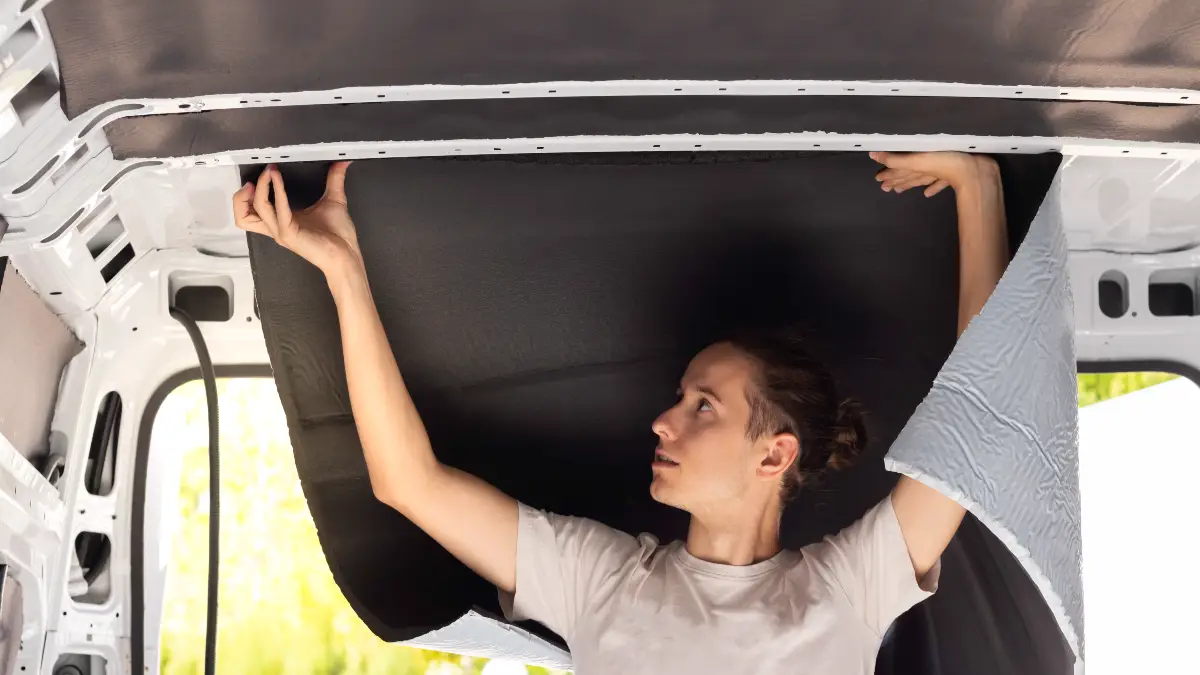
Water damage is the silent, structural killer of any RV, leading to some of the most extensive and costly RV repairs possible. RV roof systems, whether rubber or fiberglass, rely entirely on seam and joint sealants to keep water out. Every mounted accessory—air conditioners, vents, antennas—creates a potential entry point for moisture.
The financial distinction between prevention and repair in this area is exponential. Routine annual sealant inspection and spot repair typically costs in the range of $500 to $1,000. However, neglect allows water intrusion that degrades the structural integrity of the roof decking and wall materials. Once water infiltrates, it causes wood rot and delamination (separation of wall layers), which is extremely expensive to fix because structural components must be torn out and replaced.
Catastrophic repair estimates reflect this complexity: a complete roof replacement due to widespread structural damage can cost between $7,000 and $10,000. Even localized floor or wall water damage can easily cost upwards of $5,000 in shop labor.
For first-timers, attention must also be paid to roof design; flat roofs are inherently more susceptible to pooling water, increasing the risk of rapid damage compared to crowned roofs. Consistent, low-cost maintenance—a yearly visual inspection and resealing—is the only way to prevent this massive, exponential failure cost.
7. Mismanaging Holding Tanks: The Disgusting and Expensive Plumbing Disaster
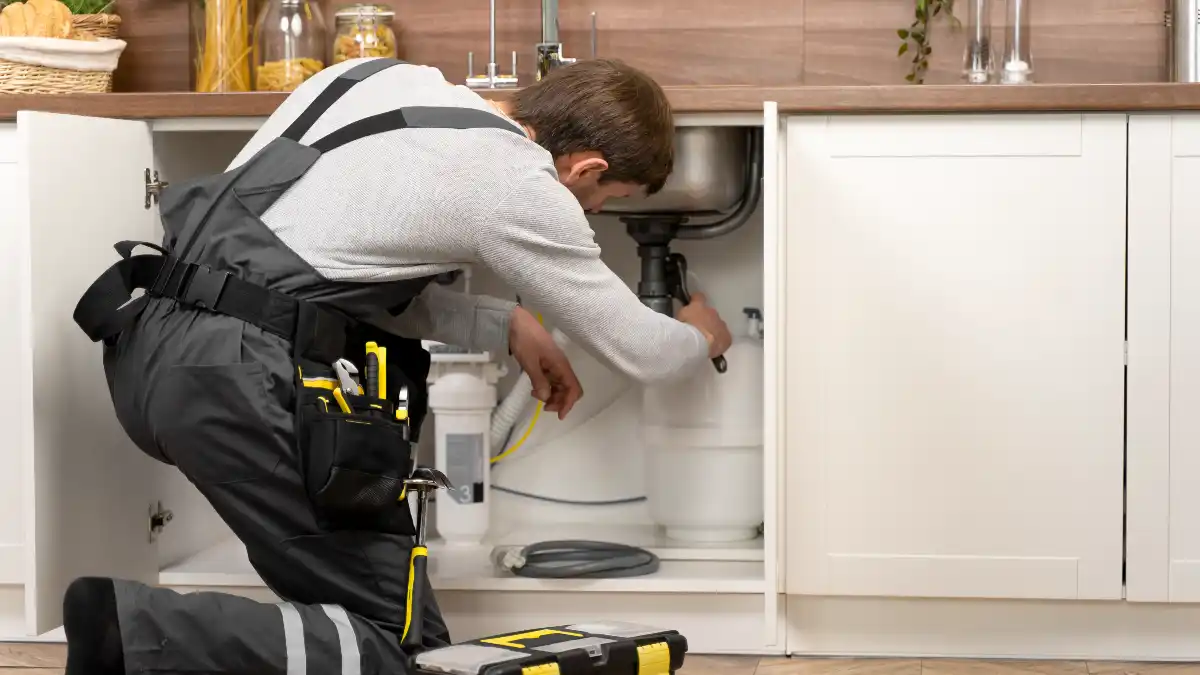
Holding tank mismanagement is a common RV mistake first-timers make, leading to plumbing disasters that are both unpleasant and financially burdensome. The primary error is treating the RV black tank like a standard residential septic system.
The most severe mistake is the use of harsh household cleaners or the complete omission of specialized toilet chemicals. Harsh chemicals damage seals and actively inhibit the biological breakdown of waste.
The proper procedure requires using septic-safe, enzyme-based digesters. Failure to use these digesters, combined with forgetting to adequately rinse the tank after dumping, leads to the accumulation of sludge and crusting (often called a “pyramid”). This buildup causes odors, ruins tank sensors, and eventually results in severe clogs.
When biological failure escalates into a mechanical failure requiring professional plumbing intervention, the costs are substantial. Clearing a severe black tank clog, replacing a black tank, or repairing a damaged water assembly system can cost the owner between $1,500 and $5,000 in parts and labor.
Furthermore, even during winter storage, the tank should not be left completely dry, as residual matter can crust up and produce foul odors the following spring. Adopting the correct chemical regimen is a cheap preventative step against a high-cost plumbing emergency.
8. Ignoring Total Repair and Maintenance Budgeting

New RV owners frequently only budget for the monthly loan payment and fuel, failing to account for the necessary buffer against inevitable breakdowns. An RV combines two complex systems—a vehicle chassis and an entire residential unit—meaning the owner must budget for two distinct forms of maintenance concurrently.
Experienced owners understand that costly RV repairs “will pop up when you least expect them”. Ignoring this reality leads to financial distress when an unavoidable failure occurs far from home. High-cost component failures, such as repairing auxiliary generators or fixing slide-outs, range from $500 to $5,000.
If these mechanical issues arise mid-trip, the owner is forced to call a mobile technician, incurring a call-out fee of $100 to $150 just for the tech to arrive, before any diagnostic or repair work even begins.
Relying solely on an existing warranty is insufficient, as warranty claims often require being near an authorized dealer and waiting for long periods for parts and labor. To mitigate this risk, a crucial RV buying tip is to establish a dedicated, easily accessible emergency repair fund.
This fund should cover at least one major component repair ($5,000) and allow the owner to handle unexpected failures without resorting to high-interest debt or cutting a vacation short.
9. Skimping on Critical Insurance Coverage (Especially GAP)

RVs are specialized assets that require specialized insurance, not just a rider on an auto or home policy. Failing to secure comprehensive coverage tailored to RV risks is a critical oversight. Specialized policies often include crucial features like full replacement cost coverage, specialized towing, and the option to suspend collision coverage during storage.
Most critical for the financially conscious buyer is the need for Guaranteed Asset Protection (GAP) coverage. Due to the high depreciation rate of RVs, particularly new units, the loan balance often remains higher than the Actual Cash Value (ACV) for the first few years. If the RV is totaled or stolen, the insurance payout (ACV) will not cover the remaining loan balance, leaving the owner liable for the difference.
For example, an owner with a $30,000 loan balance on a totaled RV valued at $25,000 ACV faces a $5,000 liability to the lender without GAP. GAP protection bridges this precise financial liability, ensuring the debt is settled. This coverage is crucial because first-time buyers are typically financing the unit, making them immediately vulnerable to being “underwater” on the loan.
As noted in the financing section, buyers should seek true GAP coverage from a reliable insurer, not the often overpriced debt waiver agreements sold by dealerships.
Specialized RV insurers, such as Nationwide and National General, offer tailored coverages and significant discounts for RV association membership or safety course completion. GAP coverage can provide up to 10 years of protection for financed amounts up to $500,000.
10. Buying the Wrong Size or Floor Plan for Your Lifestyle
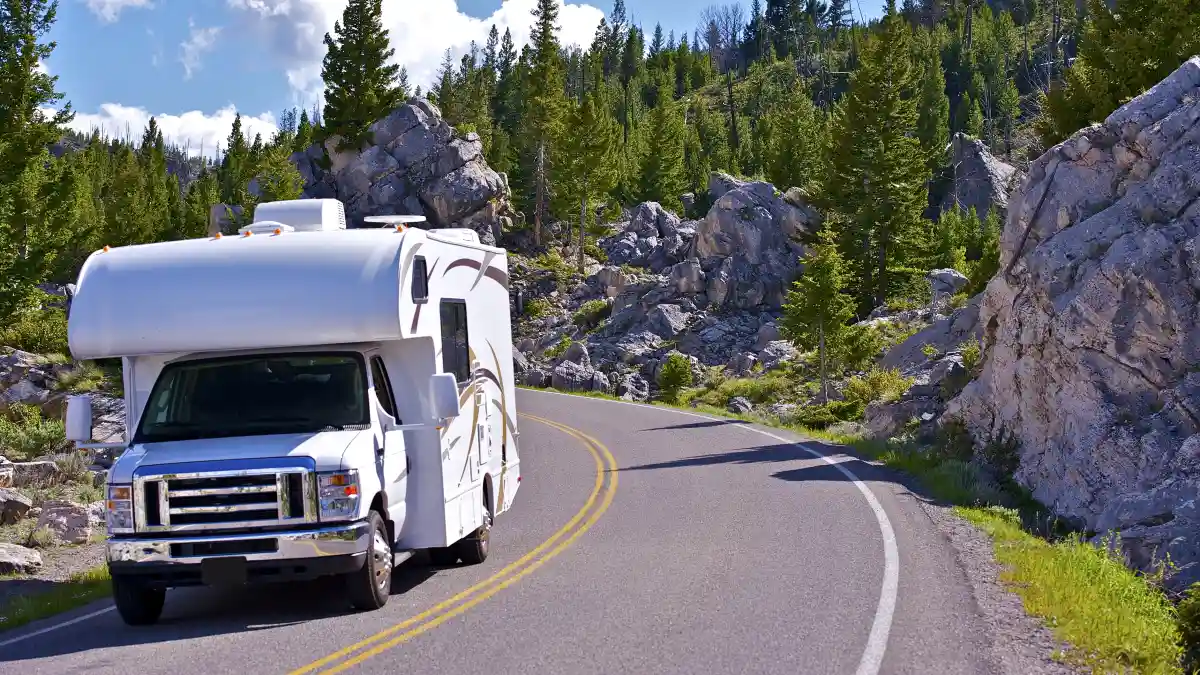
The final financial mistake relates less to mechanics and more to lifestyle compatibility, yet it still incurs significant financial losses. Many first-timers buy an RV based primarily on the sale price or initial impression, failing to deeply assess whether the floor plan and size align with their intended use.
The primary motivators for RV ownership include unwinding, relaxing, and lessening the stress of travel. If the chosen RV—for instance, one with an inadequate kitchen for an owner who plans to cook daily, or a cramped layout for a family of four—does not facilitate these goals, the dissatisfaction quickly becomes unbearable.
When the RV causes persistent family friction or fails to meet functional needs, the owner is compelled toward a costly and premature trade-in. Trading in an RV quickly means suffering a second round of depreciation and paying trade-in commissions and fees, compounding the financial loss from the first transaction.
The expert recommendation is to accept that perfection is unlikely the first time around. By starting with a gently used unit (as suggested in H2 4) that meets 80% of current needs, the owner minimizes the financial penalty associated with a quick trade. The emotional cost of a poor fit is what drives the financial loss, underscoring that practical lifestyle considerations are an essential part of RV buying tips.

